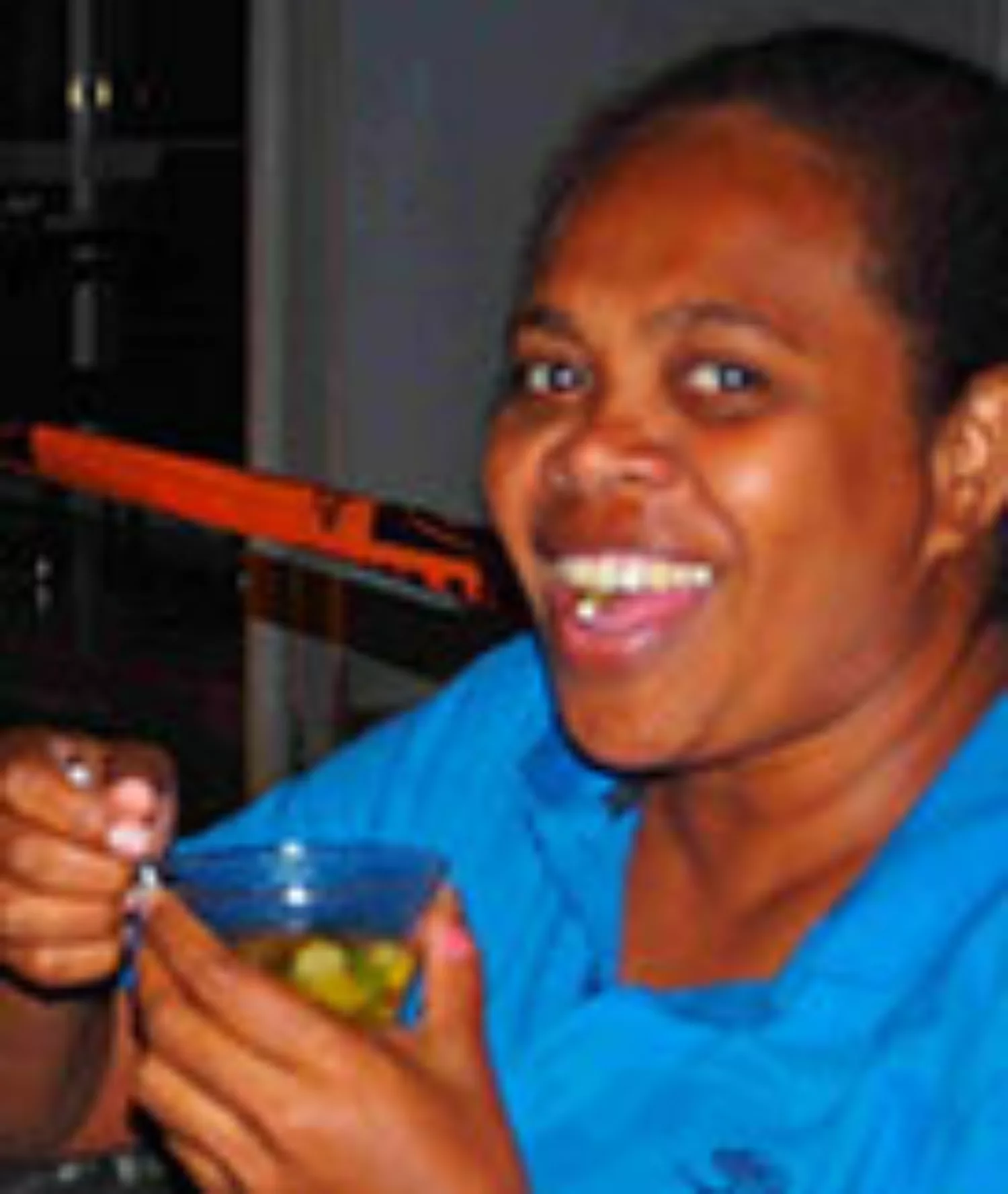Locations
Locations
Where we work
The Pacific Leprosy Foundation works solely in the countries of the South Pacific. These include New Zealand, Fiji, Samoa, Tonga, Tuvalu, Vanuatu, Kiribati and the Solomon Islands
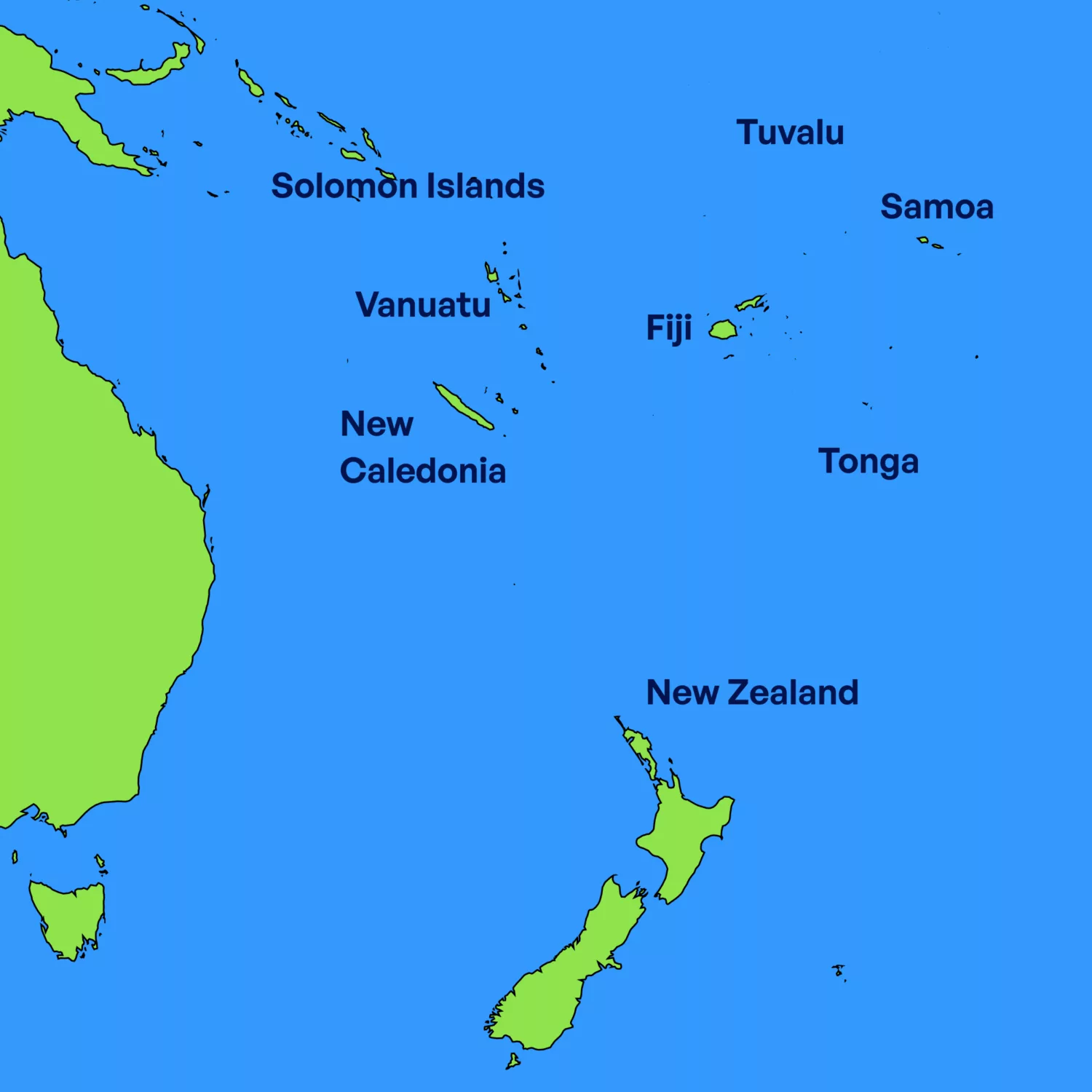
Tonga
In Tonga there are few new leprosy patients, and the welfare of former leprosy patients is in the hands of the smsm Sisters. They ensure that the patients have adequate housing, regular welfare supplies and events are organised every few months to prevent the patients from being too isolated.
Formerly, in Tonga, there was a very strong prejudice against leprosy and leprosy sufferers, however education and awareness have now improved the understanding of the illness and reduced the levels of stigma.
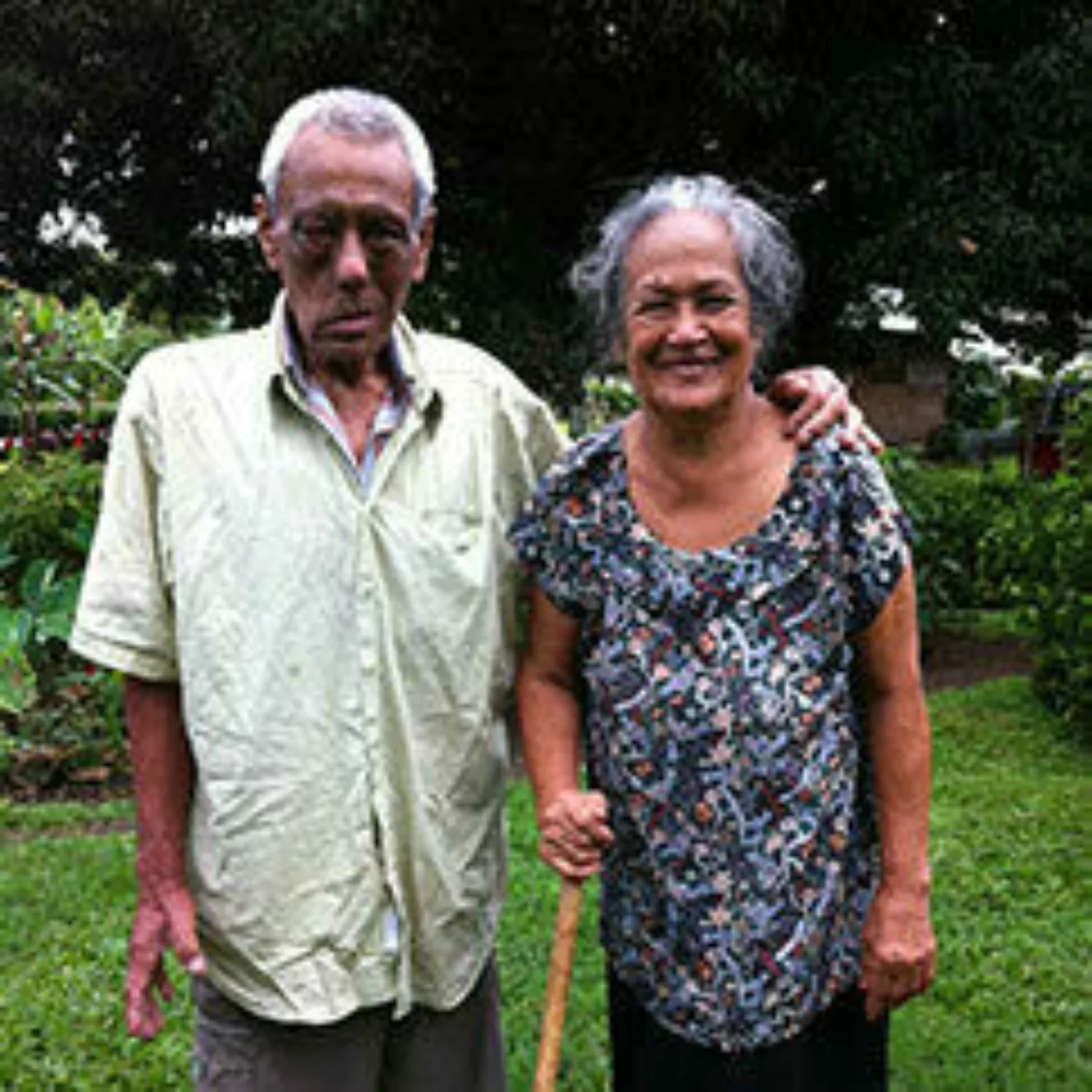
Tuvalu
We are not yet as active in Tuvalu as we would like to be but we are in regular contact with the leprosy doctors there, and look forward to helping them to make progress with their battle to eradicate leprosy in their country.

New Zealand
Most people are very surprised to hear that we have cases of leprosy in New Zealand.
Once contracted, leprosy takes a long time (an average of 5-8 years) to develop to a stage where it is visible and able to be diagnosed. For that reason, some people move to New Zealand with no idea that they are suffering from leprosy.
Once they have been diagnosed, they can be treated and within a few days of starting treatment there is no possibility of them passing on the infection.
Misileti (pictured) ensures that current and former leprosy patients in Auckland are looking after their health, managing any disabilities they have and she also checks on their general welfare. The Foundation helps with transport to medical appointments, subsidises electricity costs and gives education grants for children.
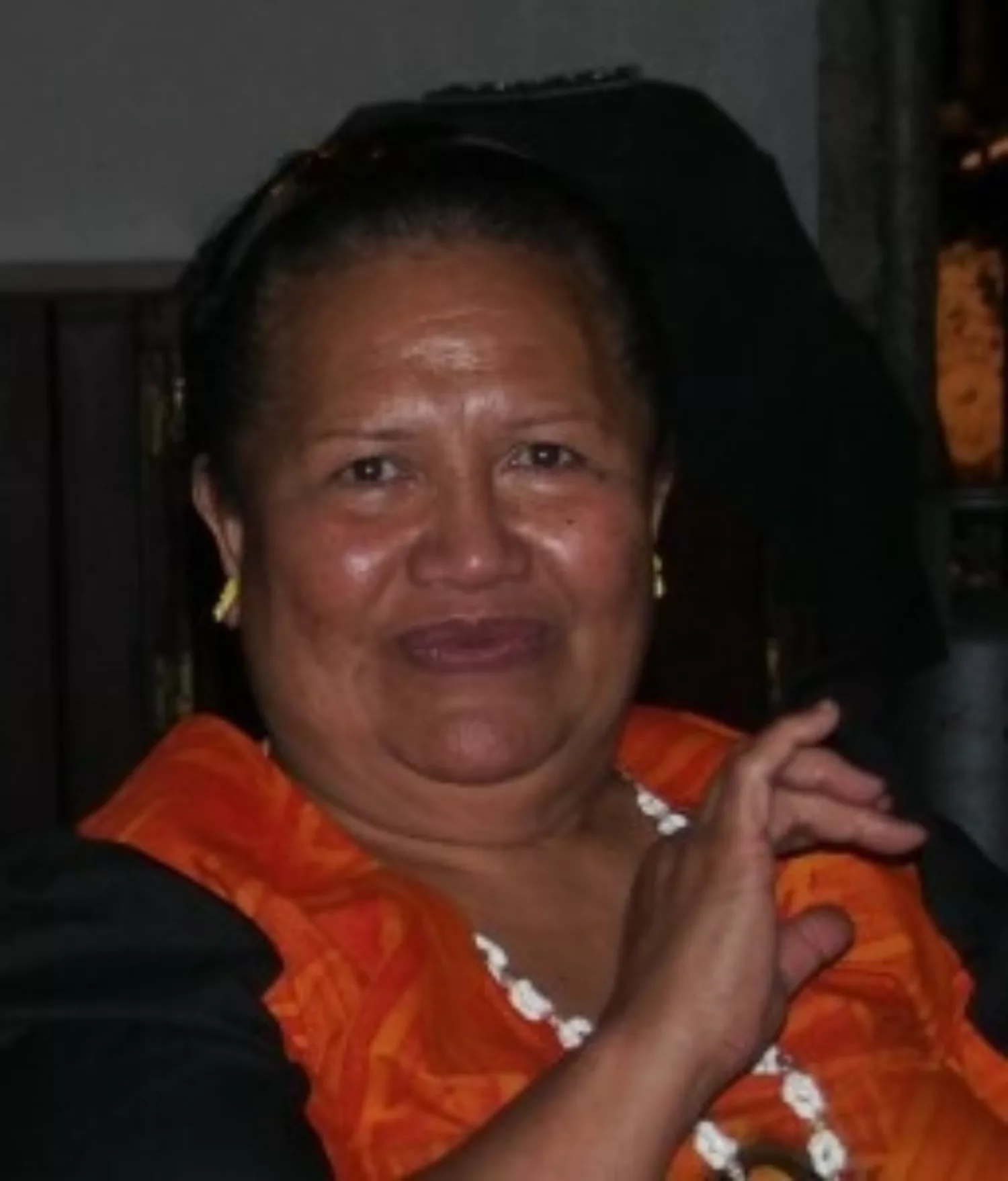
Fiji
It was in Fiji that the work of the Foundation really began. In 1924, all leprosy patients in the South Pacific were sent to live on Makogai Island in Fiji where they were cared for by the smsm Sisters.
Makogai was closed as a leprosarium in the 1960s and all remaining patients moved to the Twomey Hospital in Tamavua, Suva. This hospital remains the central leprosy and TB hospital in Fiji and is now run by the Ministry of Health.
In 2010 the whole hospital was renovated with a new roof and improved facilities throughout. The Skin Clinic is the centre of Dermatology in Fiji and is a valuable tool in the control of leprosy in Fiji.
Many patients from Makogai were too ill, disabled or afraid to return to their own homes and so made Twomey hospital their home for the rest of their lives. The last remaining residential patient, Polutele Fakatawa from Tonga, passed away in October 2014.
The welfare of current and former leprosy patients in Fiji is overseen by our in-country representatives, Kathey Foi and Anisa Nasome.
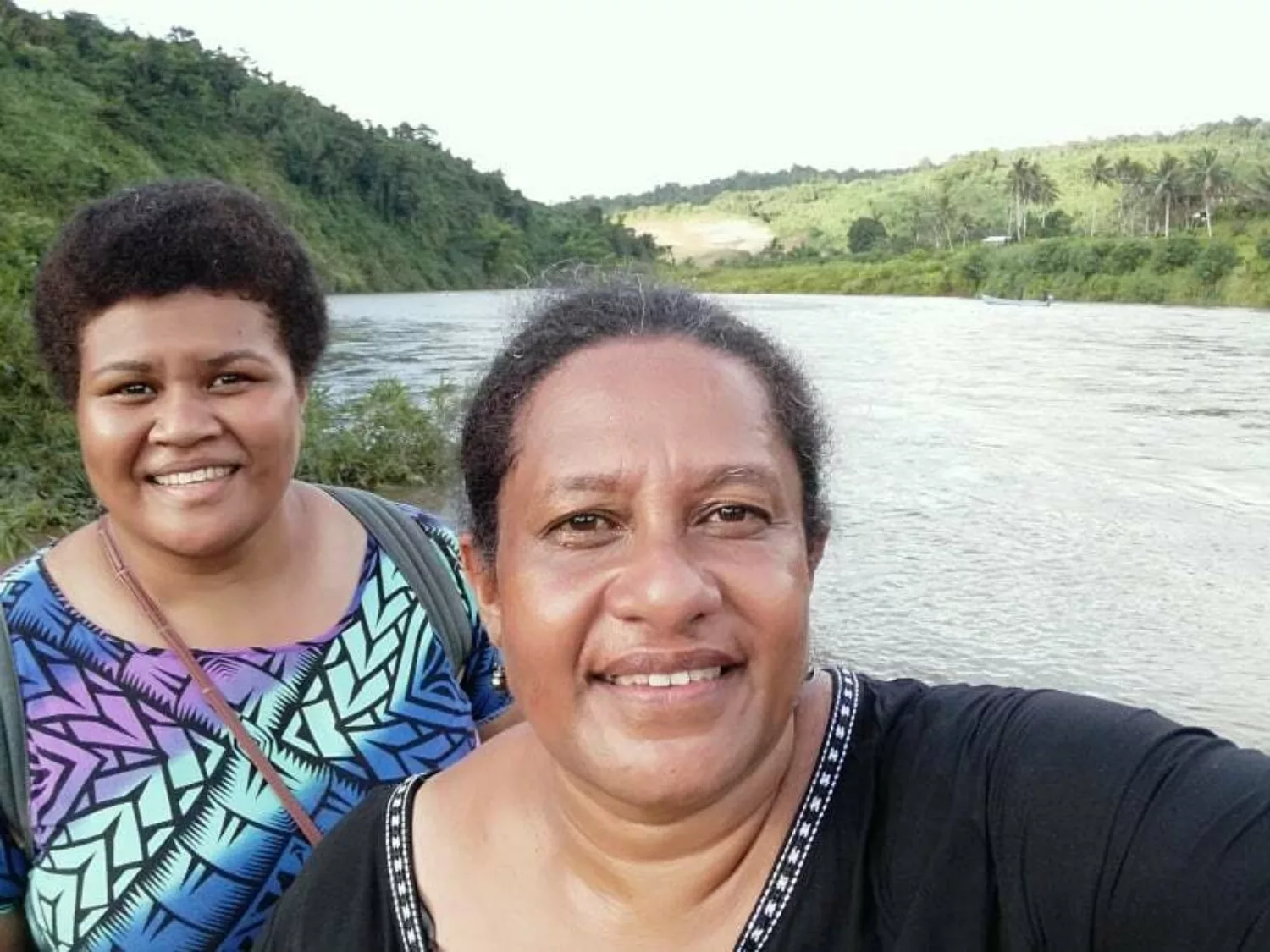
Samoa
Samoa has a number of new leprosy cases each year and many former leprosy patients who suffer from serious disabilities. Awareness and understanding of leprosy are improving although the message that leprosy is curable and help is available is not yet totally widespread.
For the last fifteen years Peter Bendinelli has been our representative in Samoa. He oversees our welfare programme and ensures that patients needing medical treatment are able to get to the clinic. What started out as a few hours a week of volunteer work has expanded into many hours each week supervising housing, income generation and welfare projects, paying school fees and checking progress of the students and regular visits to the many current and former leprosy patients and their families.
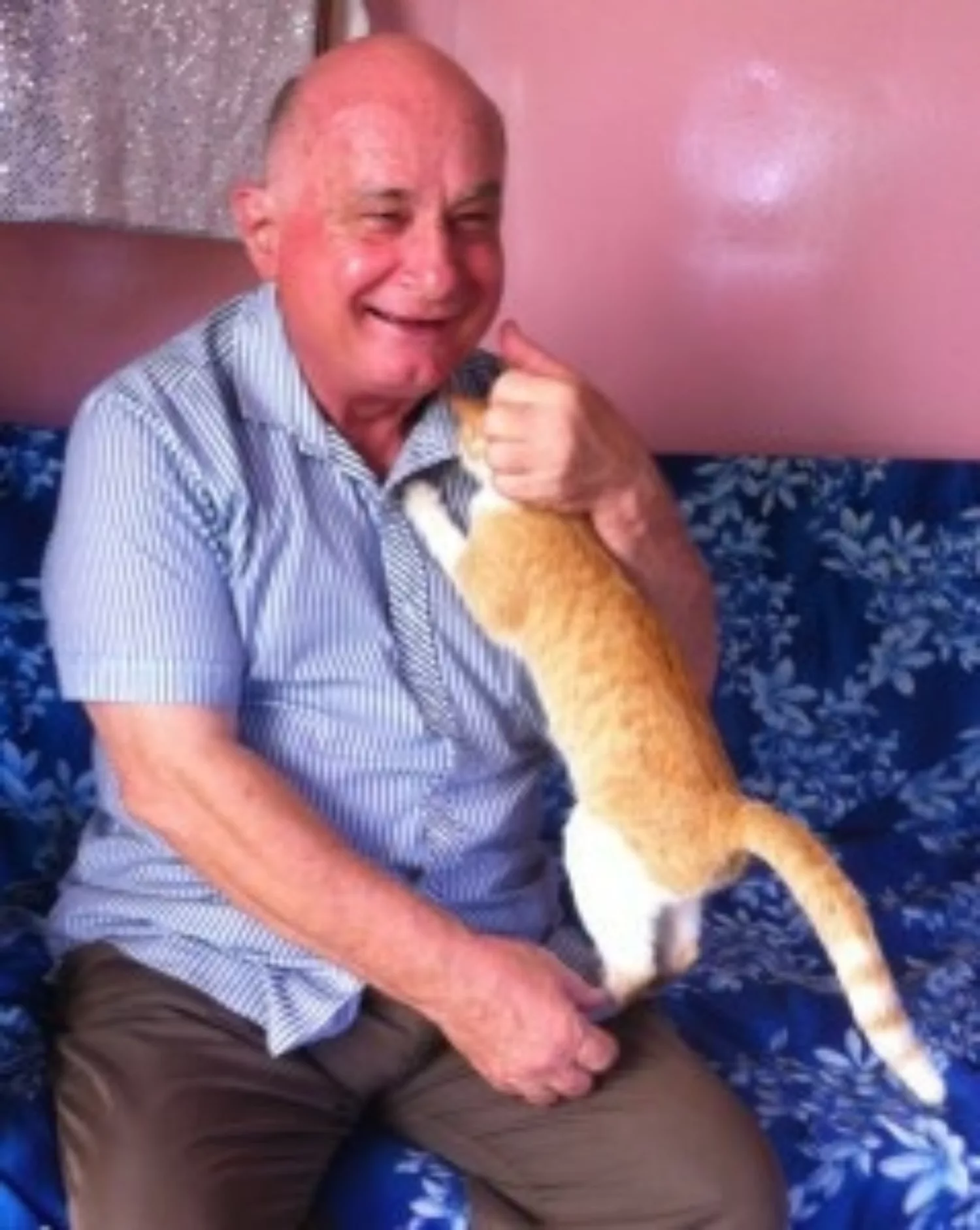
Vanuatu
Vanuatu is a country consisting of a great many different islands (many of which have widely varying geography and cultures). Nearly every main island has current and former leprosy patients who need your help, and the job of co-ordinating that help is no easy task.
Our in-country representative is Ann Bulelam, assisted by her husband Graham.
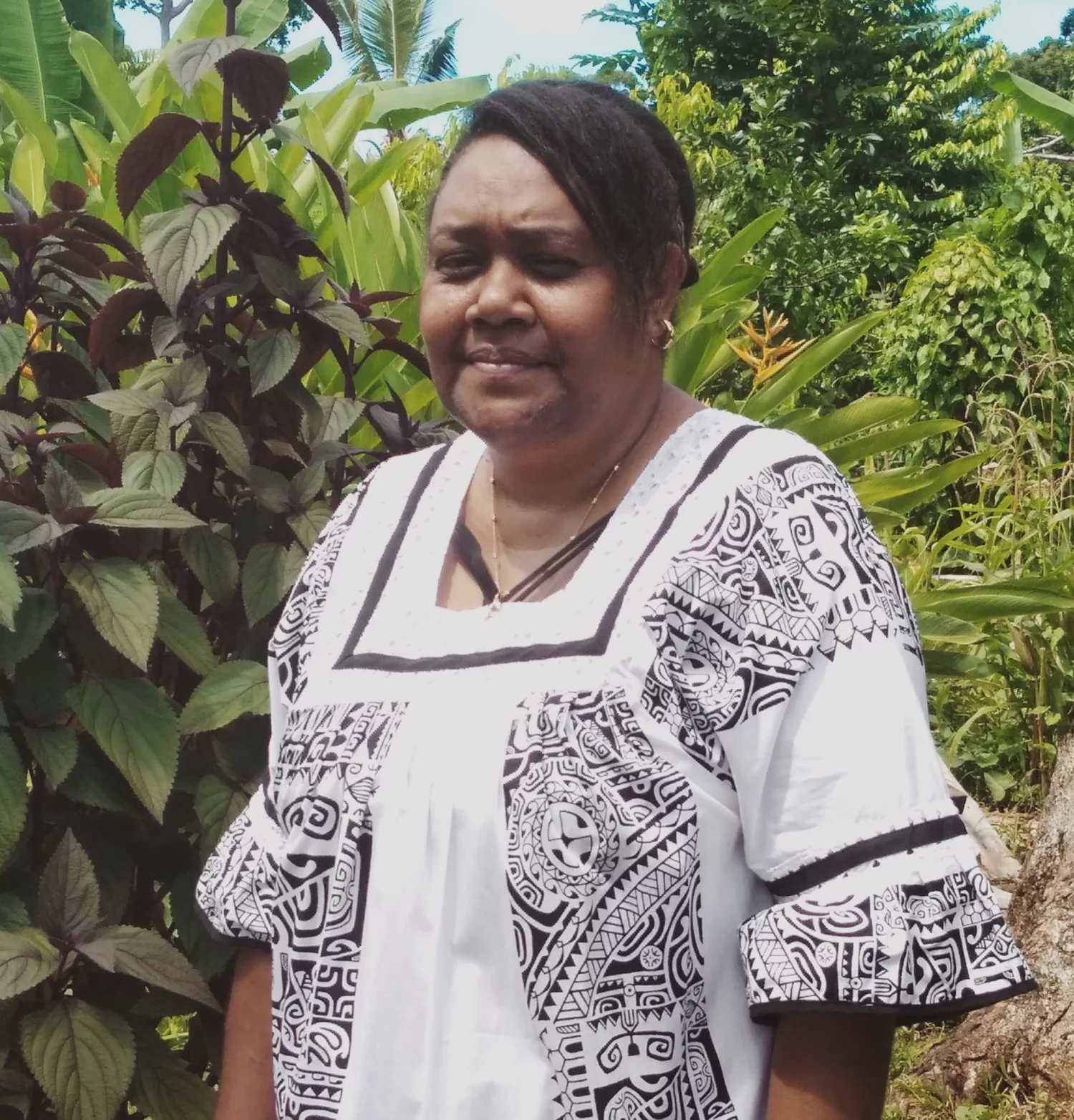
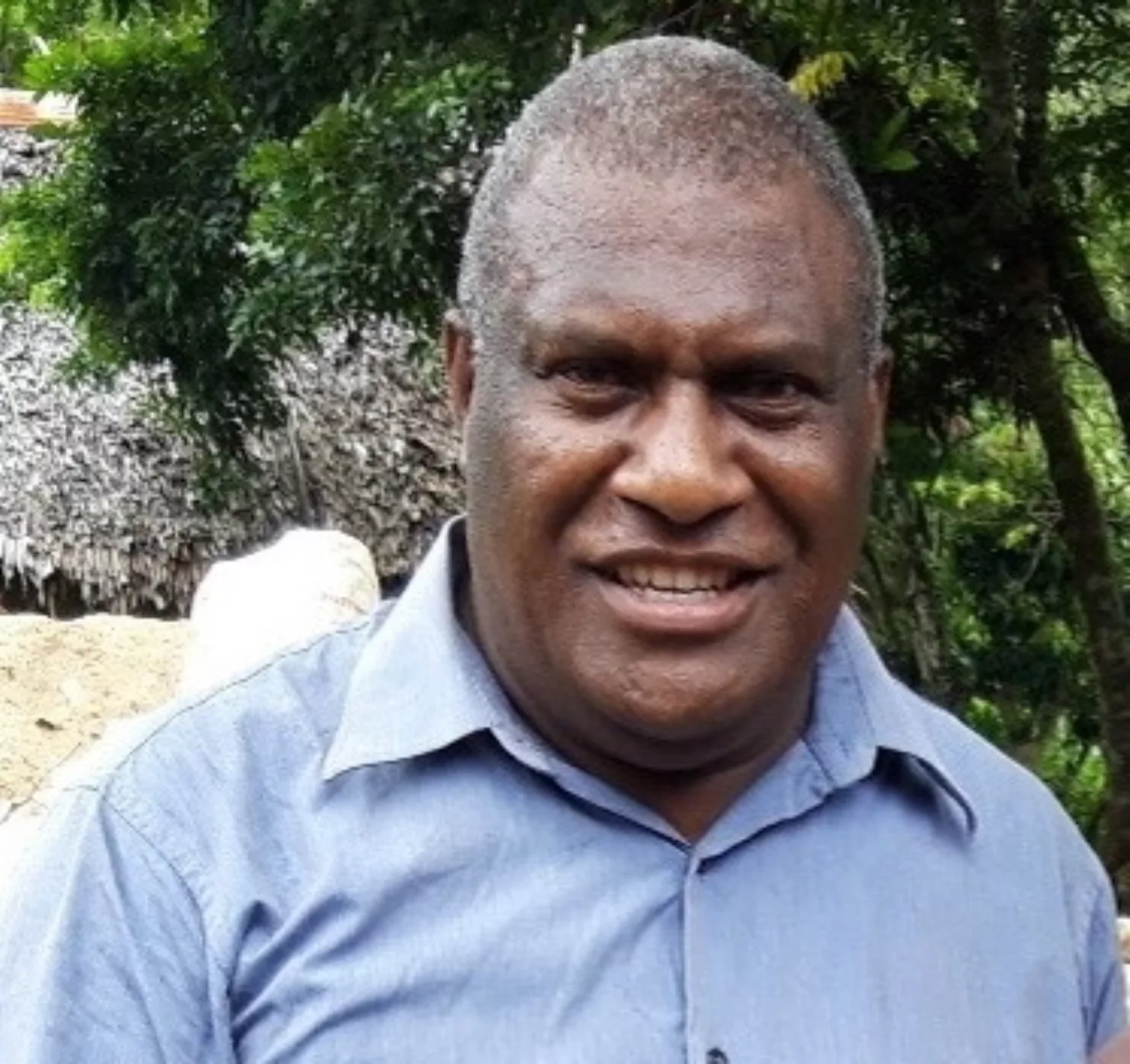
Kiribati
The nation of Kiribati consists of around 33 coral islands or atolls spread over more than 3 million square kilometres of the Pacific Ocean. More than half of the country’s population lives on the island of Tarawa resulting in overcrowding and a huge strain on resources – in particular, drinking water.
Kiribati is one of just a handful of countries who have a level of leprosy above that needed for elimination of leprosy as a public health risk (1 case per 10,000 population). In 2014, there were over 100 new cases of leprosy diagnosed and the very dense population of South Tarawa provides an easy opportunity for the spread of contagious diseases, of which leprosy is one.
Wayne Uan took on the job of in-country representative about 10 years ago, and with it, the task of building our welfare programme in Kiribati. He has an amazing network of contacts throughout the islands of Kiribati and his energy and initiative help to ensure that the medical and social needs of current and former leprosy patients are being met.
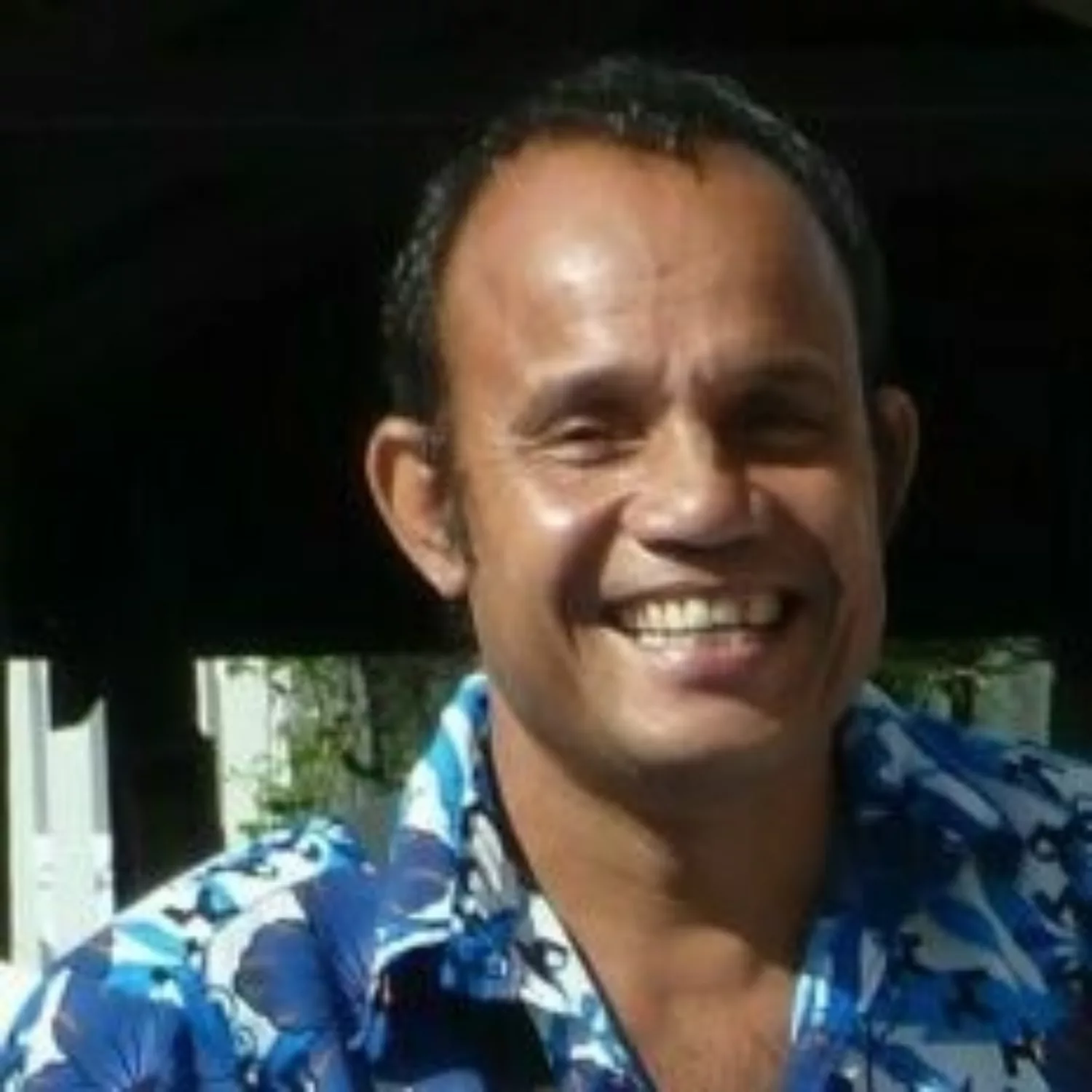
Solomon Islands
In the Solomon Islands, although we do not currently have an in-country representative as such, the work is done by Elsie Taloafiri, in conjunction with her full-time post as the National Co-ordinator for Community Based Rehabilitation. Her work in the CBR unit means that she is in regular contact with those who have been disabled by leprosy and is in a perfect position to assess their social and welfare requirements.
